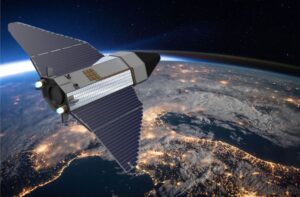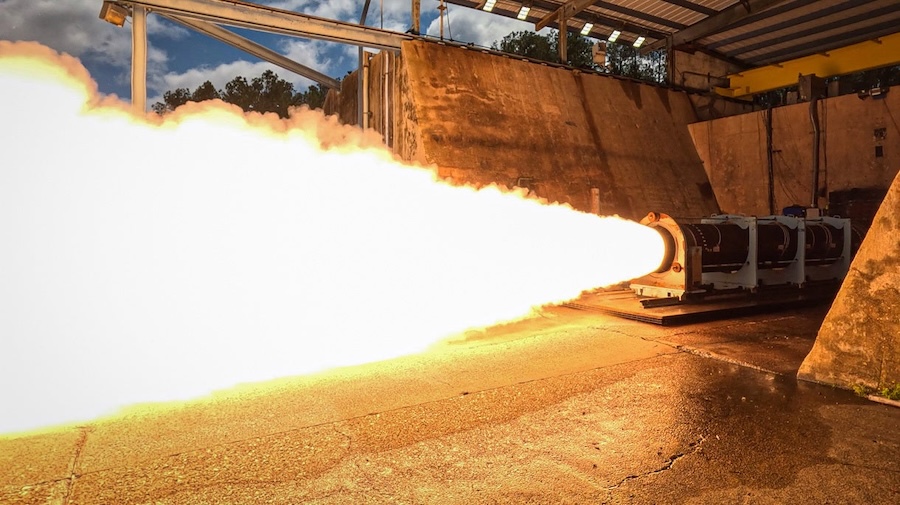The tests used QinetiQ’s Q40 Global Navigation Satellite System receiver, which already tracks multiple constellations across several frequencies, to acquire signals from Xona’s first production-class satellite, Pulsar-0. By integrating LEO satellite signals such as Pulsar X1 with GNSS, the trials demonstrated increased resilience in contested or low-signal conditions.
A recent software upgrade to QinetiQ’s Q40, delivered under the European Space Agency’s Navigation Innovation and Support Program (NAVISP), formed part of the GNSS Receiver with Advanced Pulsar Enhancement (GRAPE) project. GRAPE is a collaboration between QinetiQ and Xona, supported by the UK Space Agency and European Space Agency, aiming to combine new LEO-based signals with GNSS to improve navigation for defence, infrastructure, and autonomous systems.
Chris Walker, Managing Director, Mission Systems Division, QinetiQ, said: “For the first time, we have demonstrated how signals from new LEO satellites can be used alongside existing GNSS to give users stronger, more resilient timing and position information. This is a huge step in increasing the protection of our defence, critical infrastructure and future autonomous systems against interference.”
Giorgio Taylor, Director of Business Development, UK & Europe, added: “Our Pulsar constellation is designed to deliver resilience and accuracy at a time when GNSS alone is no longer enough. The demonstration of QinetiQ’s Q40 receiver from our in-orbit signal proves this technology is ready to make a difference to users, from defence to commercial autonomy.”





























